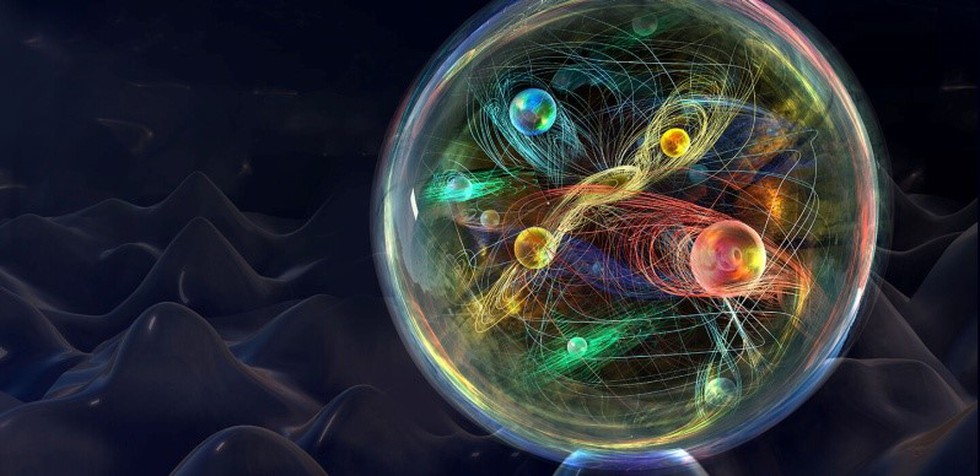About Higgs boson:
- It is the fundamental force-carrying particle associated with the Higgs field, a field that gives mass to other fundamental particles such as electrons and quarks.
- It is one of the 17 elementary particles that make up the Standard Model of particle physics, which is scientists' best theory about the behaviors of the universe's most basic building blocks.
- Higgs boson plays such a fundamental role in subatomic physics that it is sometimes referred to as the "God particle."
- It was proposed in 1964 by Peter Higgs, François Englert, and four other theorists to explain why certain particles have mass.
- The particle was finally discovered on July 4, 2012, by researchers at the Large Hadron Collider (LHC).
- Features:
- The Higgs boson has a mass of 125 billion electron volts — meaning it is 130 times more massive than a proton , according to CERN.
- It is also chargeless with zero spin — a quantum mechanical equivalent to angular momentum.
- The Higgs Boson is the only elementary particle with no spin.
- Its a "force carrier" particle that comes into play when particles interact with each other, with a boson exchanged during this interaction.
Key facts about Large Hadron Collider (LHC):
- It is the world’s largest and most powerful particle accelerator.
- Location: Near Geneva, Switzerland; across the border of France and Switzerland.
- The LHC, built by the European Organisation for Nuclear Research (CERN), is on the energy frontier of physics research, conducting experiments with highly energised particles.
- The LHC can reproduce the conditions that existed within a billionth of a second of the Big Bang.
- The colossal accelerator allows scientists to collide high-energy subatomic particles in a controlled environment and observe the interactions.
- One of the most significant LHC breakthroughs came in 2012 with the discovery of the Higgs Boson.
